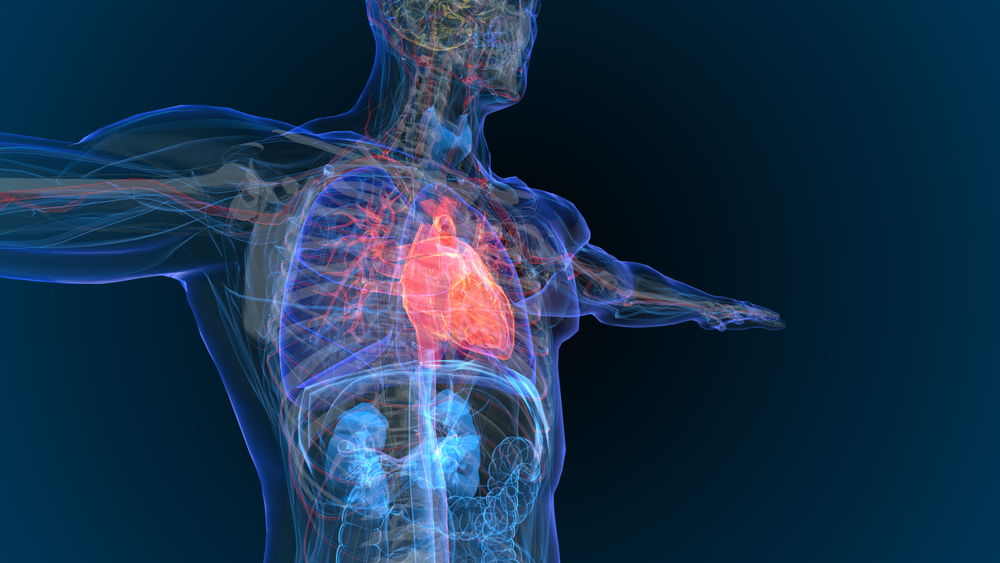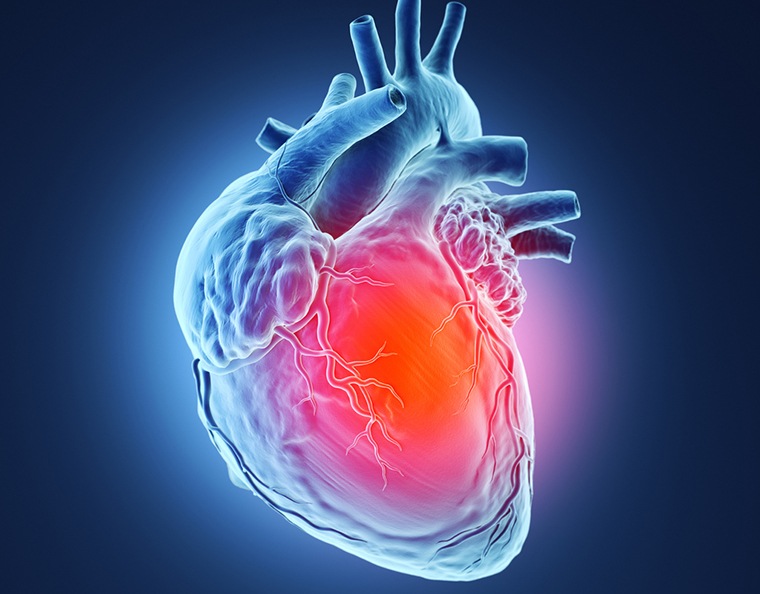In a setback for BBQ lovers, new research suggests that high levels of advanced glycation end products (AGEs) from grilling red meat could be associated with an increased risk for heart disease and diabetes.
These AGEs, according to the authors, are frequently caused by grilling, broiling, frying and roasting.
“Higher levels of AGEs are produced in thermally processed foods under dry conditions, such as by grilling, broiling, frying and roasting, compared with foods processed slowly at lower temperatures or in water,” the authors wrote. “Foods contain high levels of AGEs when they are exposed to short-time processing with dry heat (e.g. baking, grilling, barbecuing, broiling, searing, frying, toasting and roasting), high temperature and increased pH compared with longer-time processing with lower temperature and water (e.g. boiling and steaming).”
The randomized crossover study included 51 individuals without type 2 diabetes who were assigned for four weeks to one of two diets: a diet high in red and processed meats and refined grains (HMD) and an energy-matched diet high in whole grain, dairy, nuts, and legumes (HWD). Healthy cooking methods included boiling, steaming, stewing, and poaching as opposed to deep-frying, grilling, and roasting. The researchers evaluated blood samples in which they screened for levels of AGE such as protein-bound Nε-(carboxymethyl) lysine (CML), Nε-(1-carboxyethyl) lysine (CEL) and Nδ-(5-hydro-5-methyl-4-imidazolon-2-yl)-ornithine (MG-H1) as measured by liquid chromatography-tandem mass spectrometry.
According to the study results, there were significantly increased plasma concentrations of CEL resulting from the HMD (P<0.01) compared with the HWD. Triglyceride levels, total cholesterol,
“Consumption of high red and processed meat and a low-fiber, medium-glycemic index/glycemic load diet in young individuals without type 2 diabetes mellitus significantly increased plasma CEL concentrations, but not plasma CML, and MG-H1 concentrations, compared with consumption of a diet high in dairy, whole grains, nuts and legumes and low in GI/glycemic load. Further investigations are needed to clarify the associations between dietary AGE consumption and AGE concentrations in blood (free and protein-bound), urine and feces, which will enable us to identify the role of dietary AGEs in human health.”
The study was published in Nutrition.
Credit: Original article published here.










